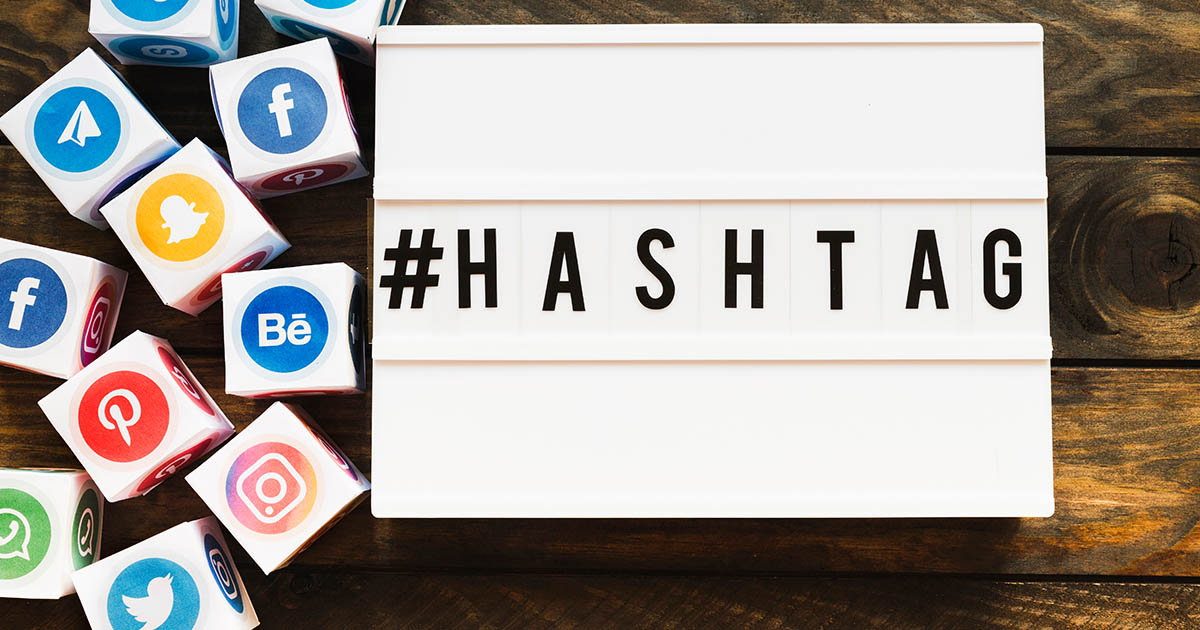Hashtags are powerful tools in social media marketing that can help increase your content’s visibility, engage with your audience, and connect with broader conversations. However, using hashtags effectively requires a strategic approach. Here’s a comprehensive guide on how to leverage hashtags to enhance your social media marketing efforts.

Table of Contents
Toggle1. Understand the Purpose of Hashtags
Before diving into hashtag usage, it’s essential to understand their purpose. Hashtags serve to:
- Categorize Content: They help users find posts related to specific topics or themes.
- Increase Discoverability: Hashtags can expose your content to a broader audience beyond your followers.
- Engage with Trends: They allow you to participate in trending conversations and events.
2. Research Relevant Hashtags
Identifying the right hashtags is crucial for maximizing your reach. Here are some tips for effective research:
- Industry-Specific Hashtags: Use hashtags that are popular within your industry to connect with relevant audiences.
- Branded Hashtags: Create unique hashtags for your brand or specific campaigns to build community and track user-generated content.
- Trending Hashtags: Keep an eye on trending hashtags to join relevant conversations. Tools like Hashtagify or Trendsmap can help you discover what’s currently popular.
3. Use a Mix of Hashtags
A diverse mix of hashtags can broaden your content’s reach. Consider the following types:
- Popular Hashtags: Use widely recognized hashtags to reach a larger audience (e.g., #MondayMotivation).
- Niche Hashtags: Incorporate specific hashtags that relate directly to your content or target audience (e.g., #VeganRecipes).
- Location-Based Hashtags: Include geographical tags to connect with local audiences (e.g., #NYCEats).
4. Limit the Number of Hashtags
Using too many hashtags can overwhelm your audience and detract from your message. Here are some guidelines:
- Instagram: Aim for 5-15 relevant hashtags. While you can use up to 30, a targeted approach often yields better engagement.
- Twitter: Stick to 1-2 hashtags to keep your tweets concise and focused.
- Facebook: Use 1-3 hashtags, as excessive tagging can appear spammy on this platform.
5. Place Hashtags Strategically
Where you place hashtags in your posts can impact their effectiveness:
- At the End of the Post: This keeps your main message clear while still including relevant tags.
- In the Middle of a Sentence: This can work for hashtags that naturally fit into your content, but use sparingly to maintain readability.
- Comments: On platforms like Instagram, consider placing hashtags in the first comment to keep your post clean.
6. Engage with Hashtag Communities
Joining hashtag communities can help build relationships and increase your visibility. Here’s how:
- Follow Hashtags: On platforms like Instagram and Twitter, follow hashtags related to your industry to stay updated on trends and engage with users.
- Participate in Conversations: Engage with posts using your chosen hashtags by liking, commenting, or sharing, which can help build a network around those topics.
7. Create a Branded Hashtag
Developing a unique branded hashtag can encourage user-generated content and foster community. Here are tips for creating one:
- Keep It Short and Memorable: Ensure your branded hashtag is easy to remember and type.
- Promote It: Use your branded hashtag consistently across your marketing channels to raise awareness and encourage participation.
- Monitor Engagement: Track how your audience is using the hashtag to gain insights and showcase user-generated content.
8. Analyze Performance
Regularly analyze the performance of your hashtags to understand their effectiveness. Look for:
- Engagement Metrics: Track likes, shares, comments, and overall reach to see which hashtags are driving interactions.
- Trends Over Time: Monitor how the performance of specific hashtags changes, allowing you to adjust your strategy as needed.
9. Stay Current with Trends and Events
Being timely with your hashtag usage can greatly enhance your visibility. Consider:
- Real-Time Events: Participate in trending conversations during live events, holidays, or social movements by using related hashtags.
- Seasonal Hashtags: Utilize seasonal or holiday-themed hashtags to engage your audience during relevant times (e.g., #BackToSchool).
10. Avoid Overusing or Misusing Hashtags
Be mindful of how you use hashtags to maintain credibility and avoid coming off as spammy:
- Don’t Force Hashtags: Avoid using unrelated hashtags just to gain visibility. Ensure they are relevant to your content.
- Check for Negative Connotations: Research hashtags before using them to ensure they don’t have unintended meanings or associations.
Conclusion
Hashtags are an invaluable asset in social media marketing when used strategically. By understanding their purpose, researching relevant tags, and engaging with your audience effectively, you can significantly enhance your brand’s visibility and engagement. Keep experimenting and analyzing your hashtag strategies to refine your approach and achieve optimal results in your social media campaigns. Happy hashtagging!


No responses yet